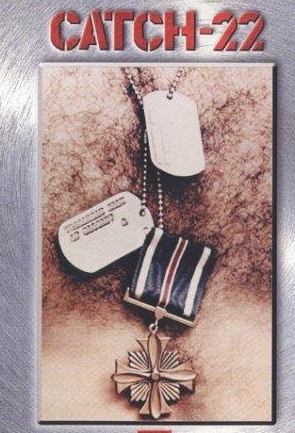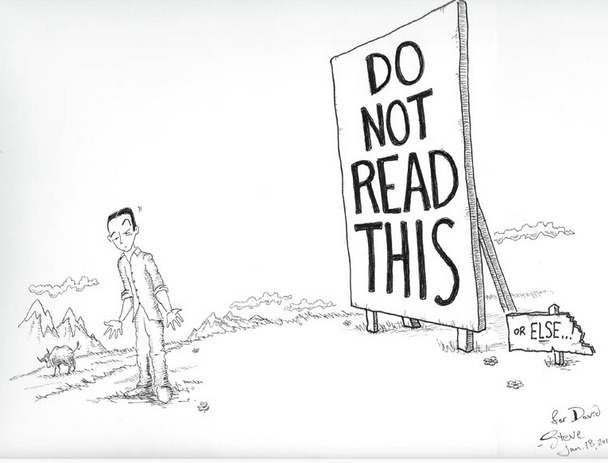The double bind is often misunderstood to be a simple contradictory situation, where the subject is trapped by two conflicting demands.
While it’s true that the core of the double bind is two conflicting demands,
the difference lies in how they are imposed upon the subject,
what the subject’s understanding of the situation is,
and who (or what) imposes these demands upon the subject.
Unlike the usual no-win situation,
the subject has difficulty in defining the exact nature of the paradoxical situation in which he or she is caught.
The contradiction may be unexpressed in its immediate context and therefore invisible to external observers, only becoming evident when a prior communication is considered.
Typically, a demand is imposed upon the subject by someone who they respect (such as a parent, teacher or doctor)
but the demand itself is inherently impossible to fulfill because some broader context forbids it.
For example, this situation arises when a person in a position of authority imposes two contradictory conditions but there exists an unspoken rule that one must never question authority. (wiki)
________
A catch-22 is a paradoxical situation from which an individual cannot escape because of contradictory rules. For example:
To apply for a job, you need to have a few years of experience. But in order to gain experience, you need to get a job first. (wiki)
________
In the film, Catch 22, “a man is trying desperately to be certified insane during World War II, so he can stop flying missions.” (imdb)


______
Available at: Amazon Video
The term ‘double bind’ is also used by psychiatrists regarding an individual’s complex perception of relationships. (Psych link)
______
This Larsen cartoon doesn’t exactly catch the full meaning of the ‘double bind’ but it’s funny anyway.


You must be logged in to post a comment.